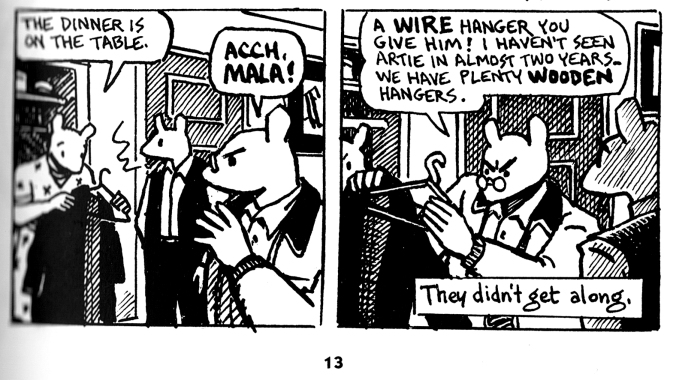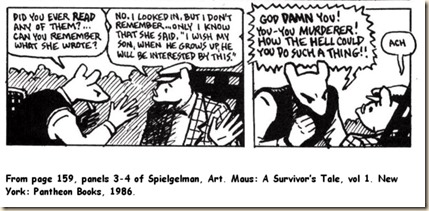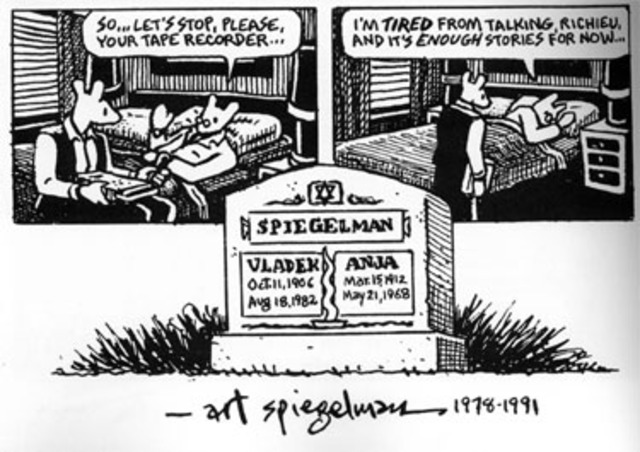For numerous San Diego State students, graduates, and sports fans, the “Aztec Warrior” is a mere symbol of their beloved team and only ever represents a feeling of bravery or courage against another team. Many, including a majority of alumni, may even love the warrior primarily due to the fact that it has represented them for so long, from 1925 to the modern day, and there is no need to change a part of their history. No matter what excuse there is for a given person’s love towards the “Aztec,” there is no getting around the fact that this mascot is a significant appropriation of a previous prevalent culture in the Americas. San Diego State’s stereotypical representation of an Aztec is being depicted as a figurehead for our distinguished university. How does this establishment represent such a culture, but with a half-naked man running around in some feathers and blowing on a conch shell to entice a crowd during any given sporting event. Using the “Aztec” as a mascot is beyond inappropriate, especially for such an esteemed institution. In fact, San Diego State is probably the worst university to house this type of mascot, as, architecturally, it is designed to look like a mission in San Diego. In their original installment, missions throughout California were used to enslave Native Americans in order to forcibly convert them to Catholicism and put them to work. Any natives who disagreed or tried to escape were executed in front of their loved ones. As a result, a Spanish mission and a native American mascot have got to be one of the worst combinations possible; no school would be permitted if it was designed after a concentration camp with a school mascot of a rabbi. Our Aztec Warrior is a misappropriation of the Aztec culture, backed by illegitimate claims of geography and local history. SDSU needs to act like many others who have made similar mistakes already have; SDSU needs to change their mascot. The Aztec warrior mascot in itself, or even the “Aztecs” as a whole, need a change, and we need it now. With the ever-progressive society that we possess here at SDSU, this change away from native mascots is imminent, so why should it not be us who officially gets the work done and over with for good.
According to Dr. Cornel Pewewardy, a professor at Portland State University, many of those who see no problem in having this type of mascot have developed a form of “dysconscious racism,” which has crept into their minds and impacted their attitudes towards the occurrences surrounding them in their daily lives. These “dysconscious racists” do not believe the Aztec is racist in any way as it does not affect them, nor will it ever. These people refuse to look through the lenses of another, less fortunate person, one who was subjugated and put down by others, and is now seemingly “praised” above all else. The Aztecs were virtually killed off by European colonists, but now, centuries later, we think it is okay to wear this assassinated people’s culture and say it is perfectly fine and reasonable. If for some reason being an Aztec is cool today, why was it not cool to be one a few centuries ago? For those who believe this appropriation is permissible, the question shifts to why Indians, why not wear a representation of a Jew or a “Chinaman?” What would make any of them okay? Nothing. Wearing any of them as a “mascot” is not okay in any way, and is not anything but racist.
The history behind the “Aztec” at San Diego State is a joke in itself. Way back when, before most current alumni were even born, in the 1920s, football coach Charles Peterson chose to take it upon himself to change the mascot, as the mascot then, a Wampus Cat (a mythical cougar-like creature), made his football players seem like “kitties.” So what else did Peterson want to change the mascot to than the most fierce symbol he could think of, an Aztec (Mallios). He, like many others, felt this “savage” character would have the fighting spirit and aggressiveness that was needed to back a strong football program (Davis). Choosing to go with the Aztec for its symbolism was a similar choice compared to what many other universities did, but some other universities were much more up front with their racism. One such example is Eastern Washington, previously known as the “savages,” and, of course, they had a Native American mascot just like SDSU. Unlike SDSU, they realized their mistakes and altered their mascot, replacing the “savages” with a much more neutral mascot of the “eagles.” Choosing to stay with these mascots that can easily be interpreted as figureheads of racism is certainly a thing of the past, significantly due to the fact that depicting cultures like this can notably alter people’s view of a culture and the people within such. As a result of the decisions within our past, people of the modern era are seemingly more likely to view native indian groups as a savage people, as they were only ever known for dancing in circles and hunting with no remorse, rather than being recognized as a significant culture composed of a number of different working parts that was far ahead of its time. What should be a respected piece of North American history is being clouded by our destruction of the representation of their history, similar to our destruction of their culture in the first place. For our university, the Aztec was solely meant to inflict fear into opposition, which apparently is all the Aztec culture can be remembered for in many people’s eyes. With this change, the university saw no problem transitioning into an appropriative program; in fact, to make this original alteration possible, the community of SDSU decided to throw the school mascot, Pete the cat (an actual cat), off Hardy Tower with a makeshift parachute. SDSU pretty much assassinated one mascot to implement a more “fierce” one. They were blind to the fact that they were going from a creative team name to one of heavy racist connotations.
The racism of this mascot has seemingly branched out into the university itself in recent years, affecting the brain power of a number of people. When referencing a ban going across the United States for Native American mascots that entailed racist connotations, Stephen Weber, a previous president of San Diego State University, directly stated that the Aztec was not an appropriative mascot and that it should be banned as it was not actually a Native American (Schrotenboer). For those like Weber, I suggest enrolling in a simplistic history or geography course. The Aztecs were located in Central Mexico, which can be argued to be either North or Central America, but either way is still in America. Would that not make the Aztecs a “Native American” tribe; according to someone like Weber, it would not. Even further, the fact that the NCAA went along with such an ill-geographic statement goes to show how truly ignorant and racist a majority of America still seems to be.
San Diego State needs to take a page out of the notebook already used by many other universities with this very problem. Stanford University, previously known as the “Indians,” were one of the first to realize their faults, formally switching to the “Cardinal” in 1972 (“Eliminating”). Stanford officially made this decision after a number of student and staff came together to lobby the university President to their cause. Upon review, Stanford’s President, Richard Lyman, realized that their mascot was offensive and demeaning to a number of students, and was thereby unacceptable, and, as a result, quickly removed from the school (“Origins”). A number of other schools followed suit, including Dartmouth’s change from the “Indians” to the “Big Green” in 1974 and Miami of Ohio’s switch from the “Redskins” to the “Redhawks” in 1997. These universities and several others have hopped on the train to a better future in terms of both appearing and actually developing into more prestigious colleges due to a now severe lack in serious misappropriation through mascots. And finally it is about time that San Diego State decides to ultimately board that train.
In short, the Aztec is a clear-cut example of cultural appropriation. The Aztec of SDSU needs to be changed. Native American mascots do not reflect true progression in the United States, they only show the constant reliance on the ignorance of Americans. True progression in this sense can not be made until the “white” ideal and mindset of “if it does not affect me, it is not bad” is long gone. Ridding colleges of Indian mascots is a good place to start, particularly at San Diego State University; I would suggest a subtle return to the San Diego State Wampus Cats, or for you fierce people, something like the San Diego State Sidewinders.
Sources Cited
Davis, Laurel R. “The Problems with Native American Mascots.” Multicultural Education, vol. 9, no. 4, 2002., pp. 11-14
“Eliminating the Stanford Indian Mascot.” Indian Country Media Network. 07 Mar. 2013. Web. 15 Apr. 2017.
Mallios, Seth. Hail Montezuma!: The Hidden Treasures of San Diego State. San Diego, CA: Montezuma, Aztec Shops,, San Diego State U, 2012. Print.
“The Origins of Stanford’s “Tree” Mascot.” The Daily Californian. 10 Mar. 2013. Web. 20 Apr. 2017.
Pewewardy, C. (1999). From enemy to mascot: The deculturation of indian mascots in sports culture. Canadian Journal of Native Education, 23(2), 176-189.
Schrotenboer, Brent. “NCAA Puts Limited Ban on Indian Mascots.” San Diego Union Tribune, 6 Aug. 2005


